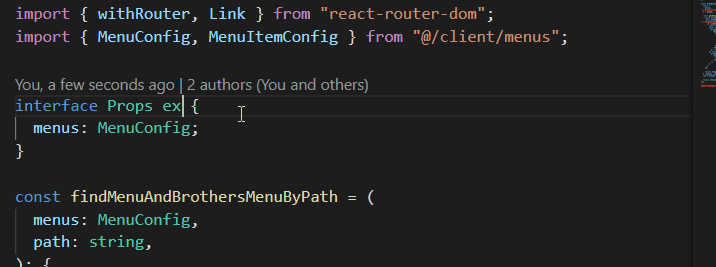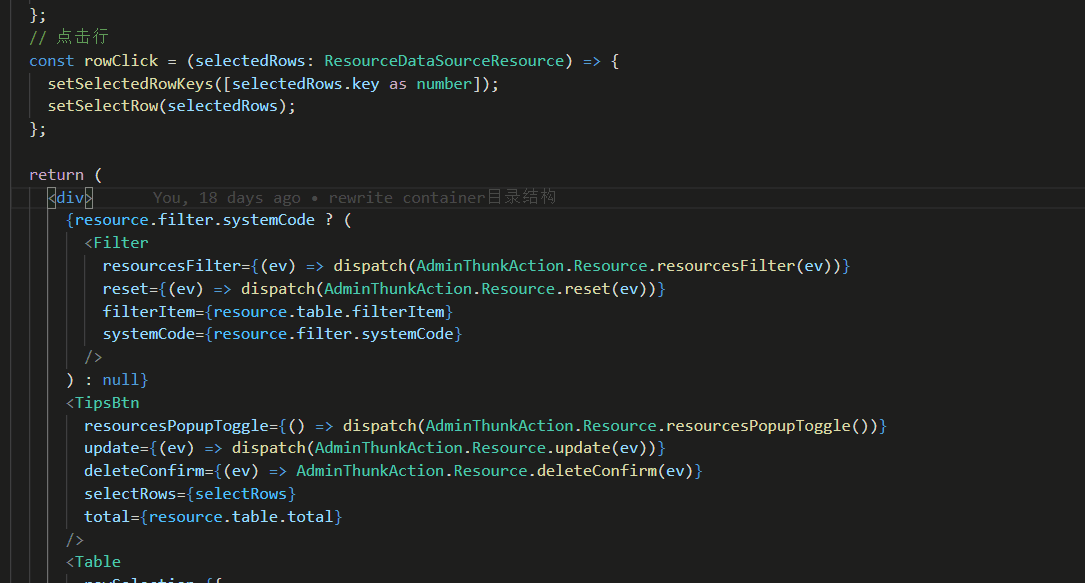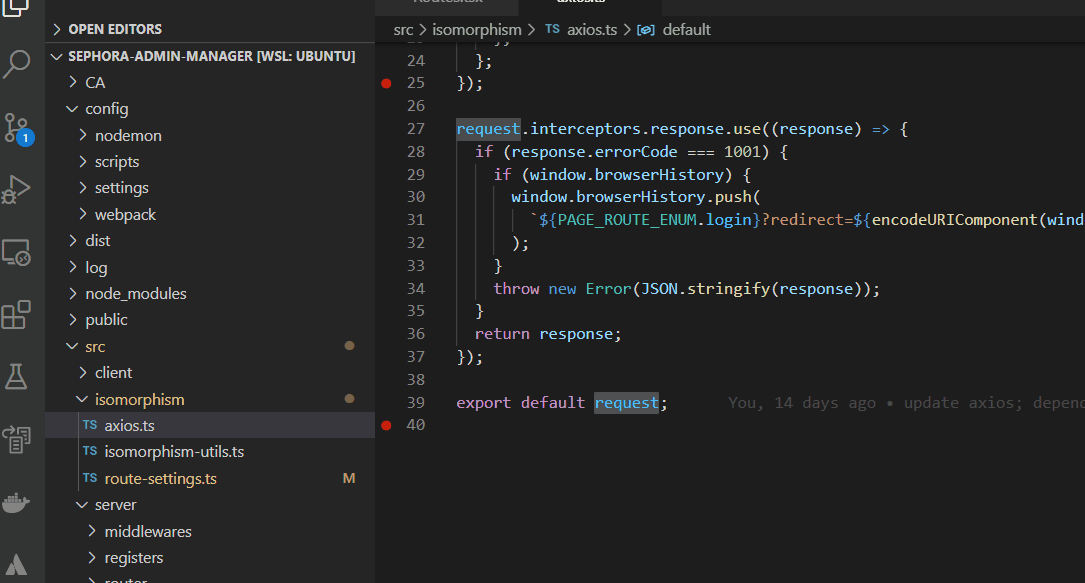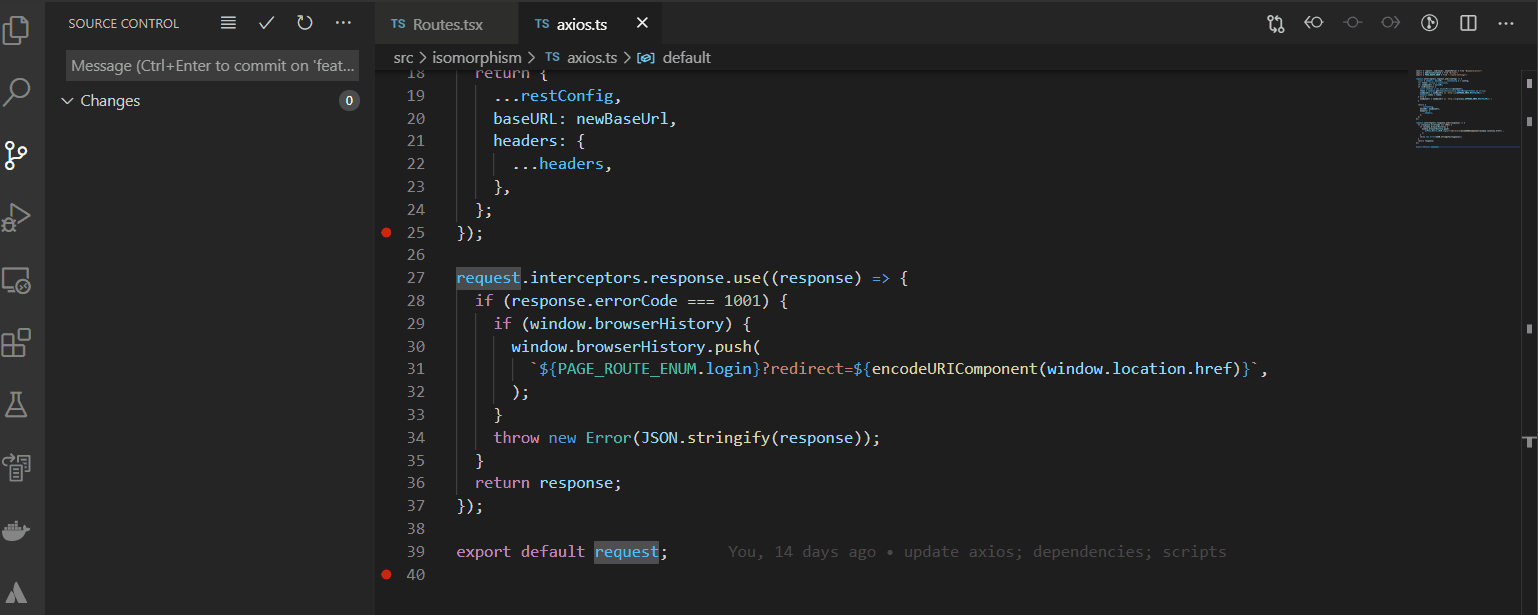export interface TableRowSelection<T> {
type?: RowSelectionType;
selectedRowKeys?: Key[];
onChange?: (selectedRowKeys: Key[], selectedRows: T[]) => void;
getCheckboxProps?: (record: T) => Partial<Omit<CheckboxProps, "checked" | "defaultChecked">>;
onSelect?: SelectionSelectFn<T>;
onSelectMultiple?: (selected: boolean, selectedRows: T[], changeRows: T[]) => void;
onSelectAll?: (selected: boolean, selectedRows: T[], changeRows: T[]) => void;
onSelectInvert?: (selectedRowKeys: Key[]) => void;
selections?: INTERNAL_SELECTION_ITEM[] | boolean;
hideDefaultSelections?: boolean;
fixed?: boolean;
columnWidth?: string | number;
columnTitle?: string | React.ReactNode;
renderCell?: (
value: boolean,
record: T,
index: number,
originNode: React.ReactNode,
) => React.ReactNode | RcRenderedCell<T>;
}
export declare type ColumnsType<RecordType = unknown> = (
| ColumnGroupType<RecordType>
| ColumnType<RecordType>
)[];








